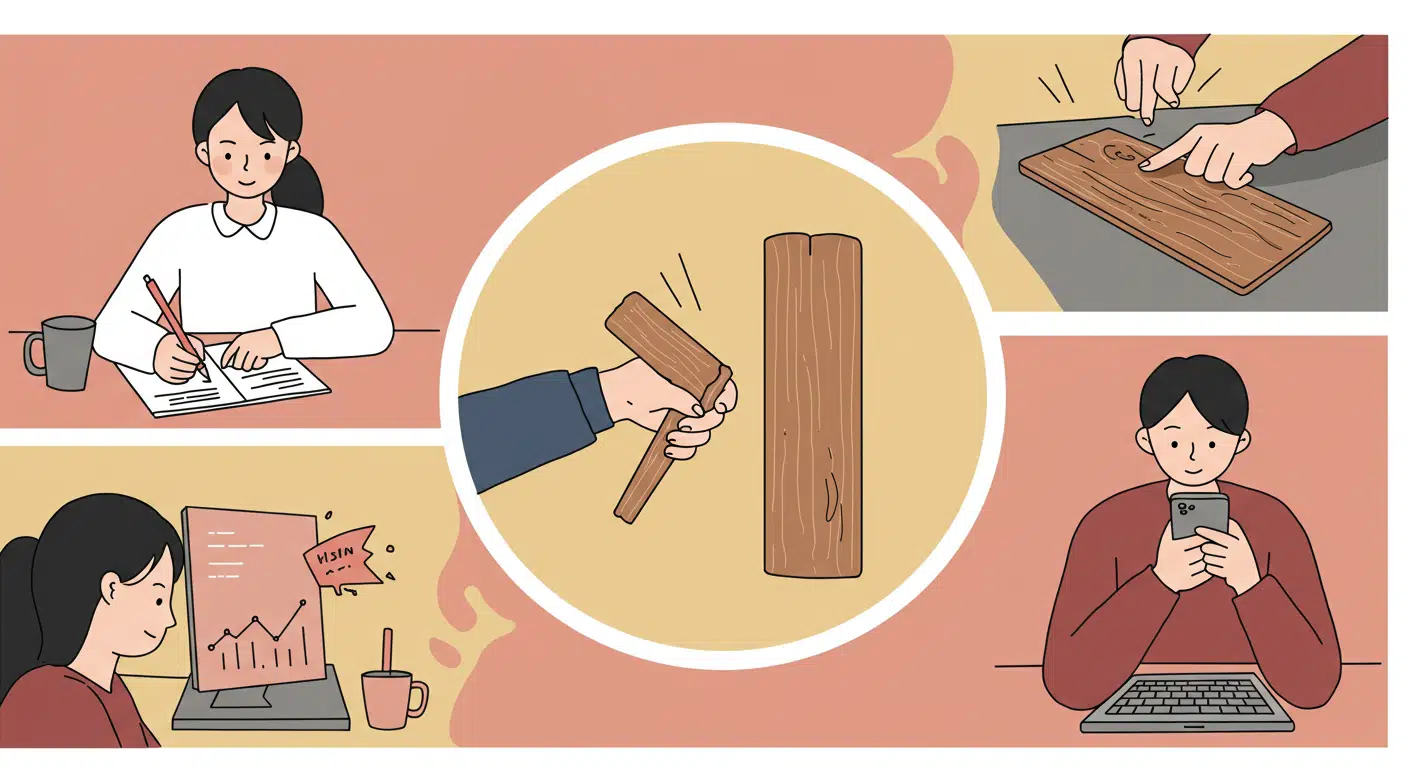In this superstition, encountering a loose pin in your path is seen as a symbolic opportunity for good luck. Upon spotting the pin, the individual picks it up. The direction the pin lies determines the nature of the incoming luck:
– If the pin’s head (the rounded end) faces you, the good fortune is said to arrive slowly.
– If the pointed end faces you, the luck is believed to come swiftly and sharply—potentially accompanied by sudden change.
This belief encourages attentiveness to seemingly mundane objects and is thought to bring not only luck but a form of symbolic awareness. Some add the ritual of saying, “See a pin and pick it up, all the day you’ll have good luck,” reinforcing the chant’s talismanic function.
The practice may also relate symbolically to the sharpness or dullness of how fate intervenes.



